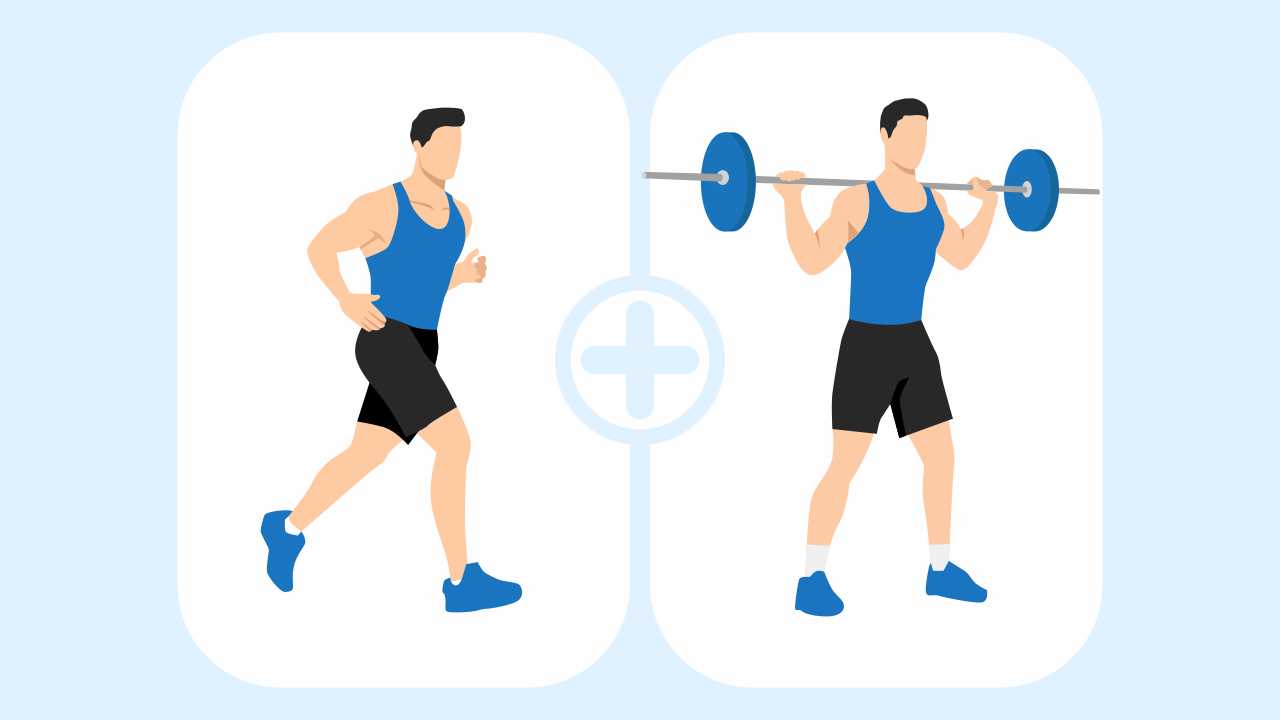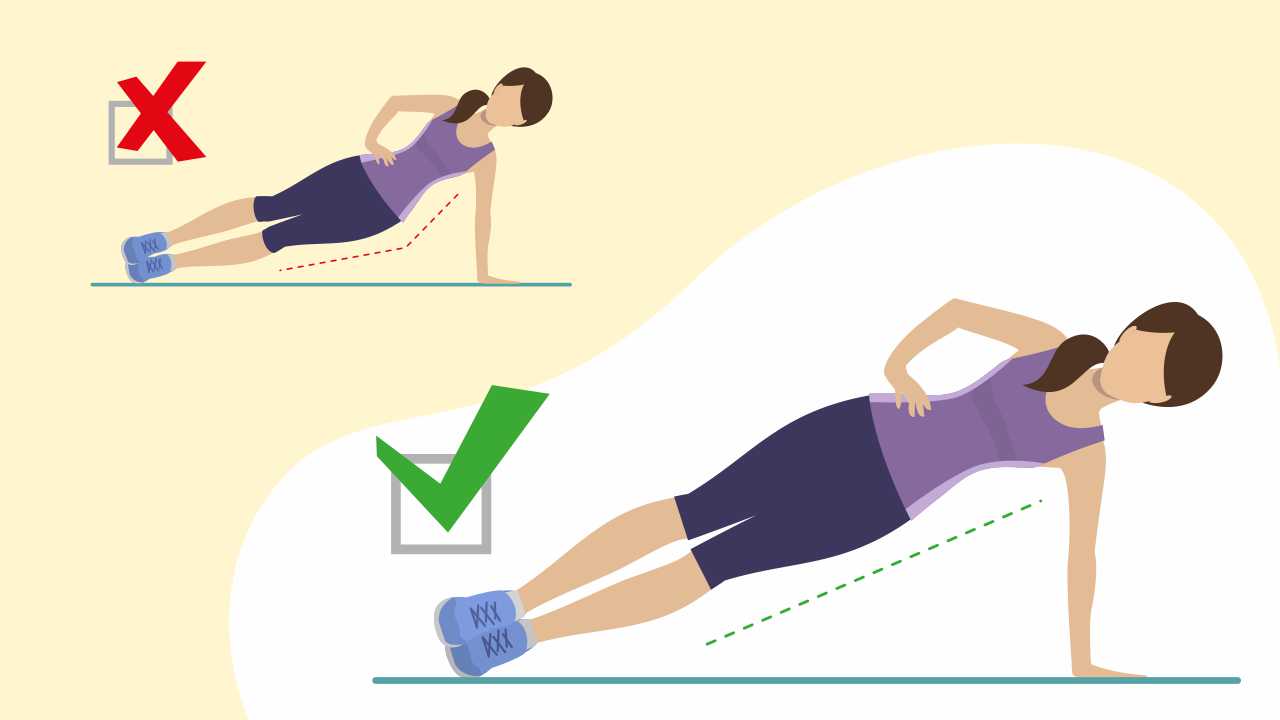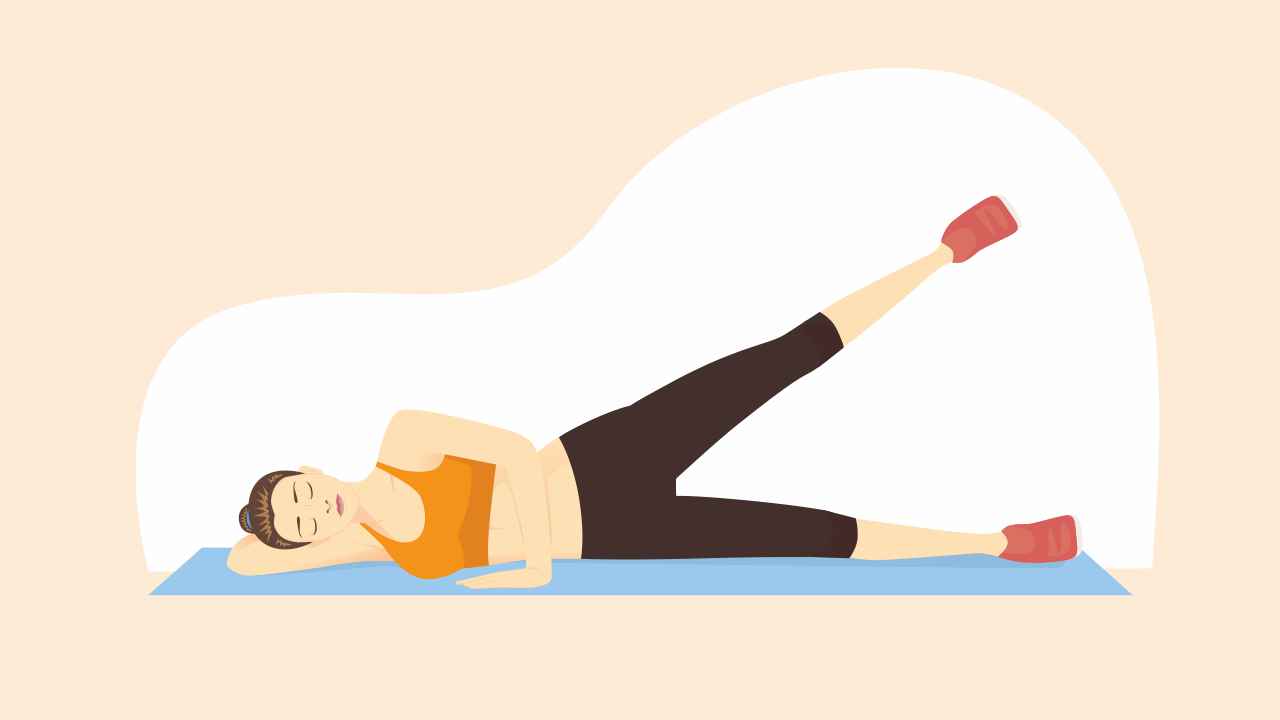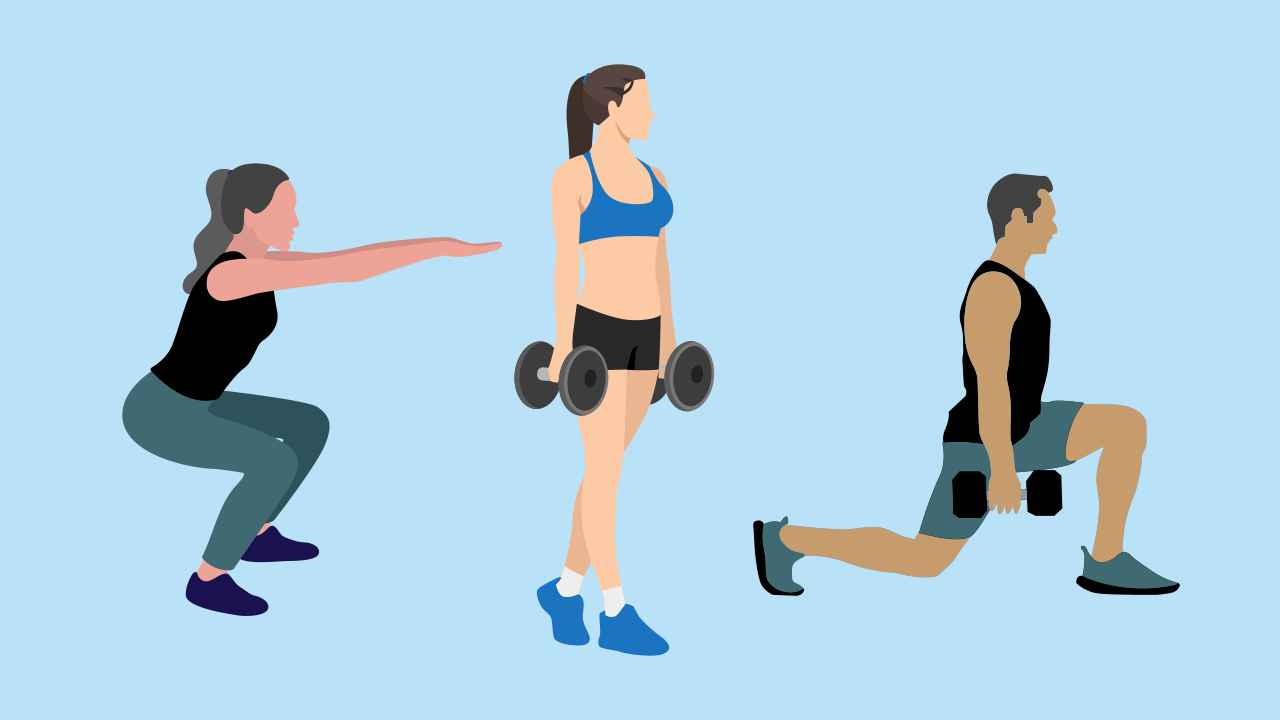
Workout Plateau: What Is It and How to Avoid It

The Merriam-Webster dictionary describes a plateau as “a level of attainment or achievement”. By this definition, it has a positive connotation. However, in the world of sports and fitness, a workout plateau is usually viewed as something negative as it implies that progress has stalled.
There are two main reasons for a workout plateau to occur within a training program:
- Overtraining syndrome (OS)
- When the body no longer responds to the same training stimulus
What is overtraining syndrome?
Simply put, overtraining is the result of too much stress and not enough rest/recovery. It is a commonly used term in sports. However, a more appropriate term would be “overtraining syndrome”, as the mechanism behind being overtrained may or may not be related to the physical aspect of training. They can also be over-fatigued or over-stressed. But, training to be the sole component of being “over” is unlikely, as the body has a tremendous ability to adapt to stress.
So, overtraining syndrome refers to the condition when one’s stress exceeds the ability to recover over a period of time
When it comes to physical training, most either train too much or too little. Training at the sweet spot between the two increases the likelihood of optimal performance. While undertraining does happen, here we shall focus on athletes who train too much without adequate rest and recovery.
Also read: Should You Work Out Every Day?
How do you know you are overtraining?
It is often difficult to identify what overtraining syndrome looks like as everyone has a bad day from time to time — or even, a string of bad days. There is no universally correct ratio of hard or easy days. The body also adapts to stress. As a result, a workload that may elicit symptoms of overtraining syndrome today might be perfect a month or two down the road.
However, symptoms of OS include a halt of forward progress (workout plateau) and overall fatigue for long periods (longer than what’s normal for a particular athlete). When you have identified what you think is OS, the most important thing to do is modify the program to recover both physically and mentally. If you ignore the signs and continue to push, your performance will likely only decline.
Some general symptoms of OS are:
- Lack of energy
- Loss of motivation and enthusiasm for training and racing (ie, mental burnout)
- A compulsive need to train and exercise
- Substantially elevated/depressed heart rate during exercise and at rest
- Inability to recover from workouts
- A decrease in training capacity and intensity
Ways to prevent overtraining syndrome
While there are varying ways to avoid the negative effects of OS, none are more effective than a properly structured and executed training plan. Consider these methods to beat OS.
1. Track resting heart rate
2. Monitor athlete daily
3. Implement a properly constructed training program, such as some form of periodization (a progressive training plan with set periods of specific focus areas, like interval training)
4. Incorporate enough recovery into the training program
5. Increase training distance, intensity, and time progressively and intelligently
6. Ensure the athlete is properly hydrated and maintains a healthy diet
7. Stress the importance of sleep and have the athlete track the number of hours slept each night as well as the quality of sleep
Also watch: Should You Train the Same Muscles Every Day?
What if the body no longer responds to the same training stimulus?
This is a bit easier to tackle than OS. It simply means that an individual’s body and physiology have adapted to the current training load and therefore, no progress is being made. The program needs to be modified to break out of this type of workout plateau — most likely in respect to increased intensity and/ or duration or different exercises/ workout types.
Five ways to overcome a workout plateau
As you can see, what is required to break out of a workout plateau is largely based on the reason for hitting it in the first place. That said, here are some ways to overcome a plateau.
- Increase the intensity and/ or distance
- Change exercise modality/ workout type
- Get more rest
- Recalibrate training program to include some form of periodization
- Ensure one’s diet is supplying the proper nutrients and hydration
And do it under the direction of a professional trainer, who can guide you every step of the way.














